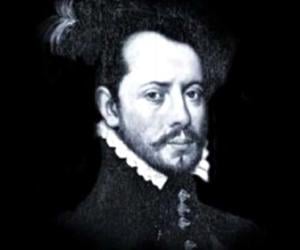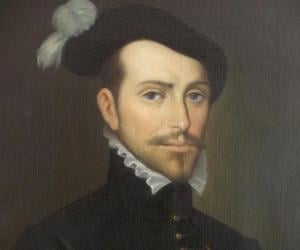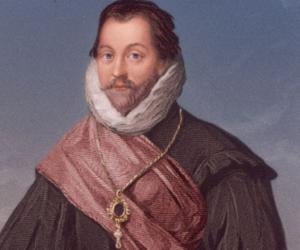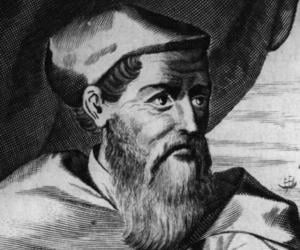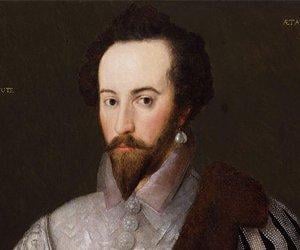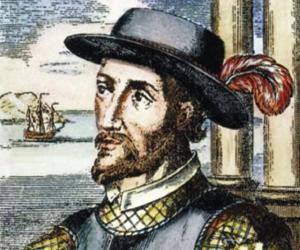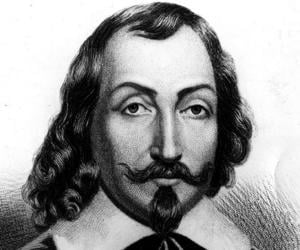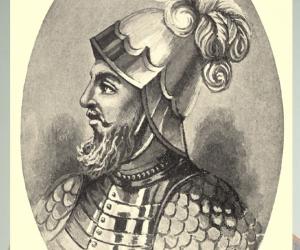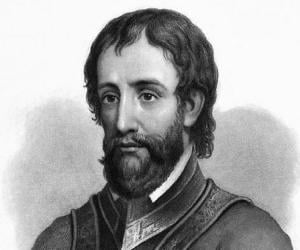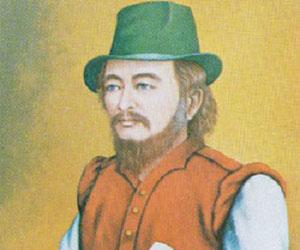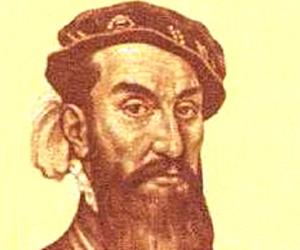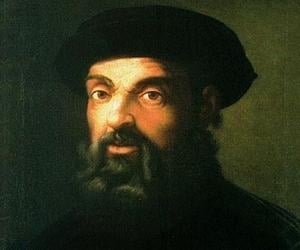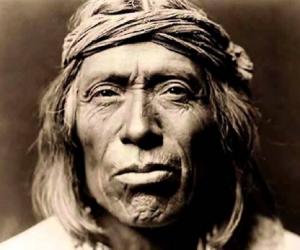Francis Drake was an English explorer and naval officer. He is remembered for his Raiding Expedition, a prominent historical maritime event which unfolded between 1577 and 1580. Although Drake is considered a hero in the United Kingdom, his privateering led the Spanish to refer to him as a pirate. His expedition has also had a major cultural impact in Britain.
Amerigo Vespucci was a merchant, navigator, and explorer. Credited with participating in two major voyages of the Age of Discovery, Vespucci's claim that the New World represented a new continent inspired cartographers to associate the name America (a Latinized form of his first name) to the newly discovered continents.
Spanish explorer and conquistador Juan Ponce de León was the first governor of Puerto Rico but had to give away the governorship to Christopher Columbus's son, Diego. Juan led the first European expedition to Florida. He was knighted by King Ferdinand but died in an attempt to colonize coastal U.S.
Samuel de Champlain was a French colonist, navigator, draftsman, soldier, and explorer who made between 21 and 29 trips across the Atlantic Ocean. He founded Quebec and New France and is considered an important figure in Canadian history. He is also referred to as the "Father of New France." As a businessman, he founded many trading companies.
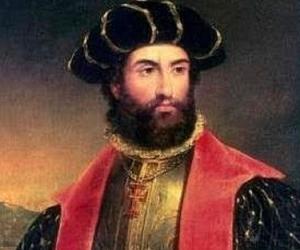
Pedro Álvares Cabral was a Portuguese nobleman, navigator, explorer, and military commander. Regarded as a prominent figure of the Age of Discovery, Cabral is often remembered as one of the earliest Europeans to set his foot on Brazil. Pedro Álvares Cabral is also remembered for his voyage to India in a failed attempt to return to Europe with valuable spices.
Spanish explorer Vasco Núñez de Balboa became the first European to reach the Pacific from the New World, when he crossed the Isthmus of Panama. He is remembered for his long-term conflict with Spanish administrator Pedrarias, who eventually charged Balboa with treason and ill-treatment of Indians. Balboa was eventually beheaded.
Hernando de Soto was a Spanish conquistador and explorer best remembered for his expeditions in the Yucatan Peninsula and Nicaragua. The first documented European to have crossed the Mississippi River, Hernando de Soto is also remembered for guiding the first European expedition into the territory of the present-day USA. He also played a key role in the Conquest of Peru.
One of the first-known Westerner to gain the title of samurai, William Adams, also known as Anjin Miura, was an English navigator who explored uncharted territories for his country. Apart from being the first Englishman to travel to Thailand and Japan, he was also the third from his country to travel to Vietnam.
Spanish explorer Álvar Núñez Cabeza de Vaca led an expedition to Galveston, Texas, although most of his men died during the voyage. De Vaca then wandered around with the Native Americans, pretending to be a healer, and eventually reached Mexico. He later became the governor of Rio de la Plata.
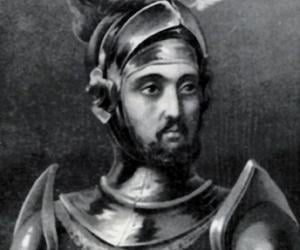
Diego Columbus was an explorer and navigator who served under the Kings of Aragón and Castile. The oldest son of Christopher Columbus, Diego spent most of his time trying to regain the privileges and titles granted to his father and then denied in 1500.
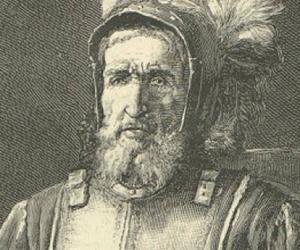
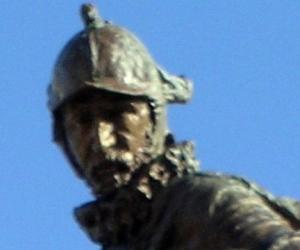

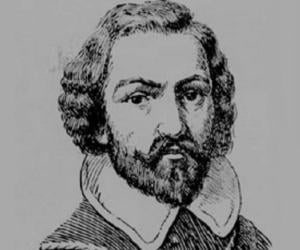
Juan Rodríguez Cabrillo was an Iberian maritime explorer. He is best remembered for his explorations of the west coast of North America, which he undertook on behalf of the Spanish Empire. Juan Rodríguez Cabrillo is also remembered as the first European to explore modern-day California.
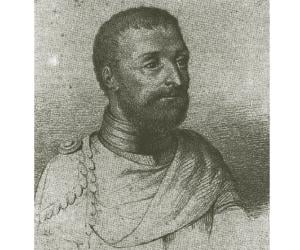
Antonio Pigafetta was an Italian explorer and scholar. He was part of the famous expedition to the Spice Islands, which was led by Ferdinand Magellan. Pigafetta served as Magellan's assistant during the expedition and kept a journal, which is the first recorded document pertaining to the Cebuano language. Antonio Pigafetta was among the men who achieved the world's first circumnavigation.
While Spanish explorer Francisco Vásquez de Coronado set out to find the mythical Seven Golden Cities of Cíbola, he discovered natural wonders such as the Grand Canyon and the Colorado river instead. His later exploration of Kansas, too, yielded nothing but sightings of the Natives who lived there.
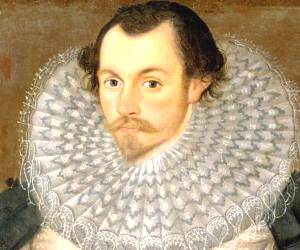
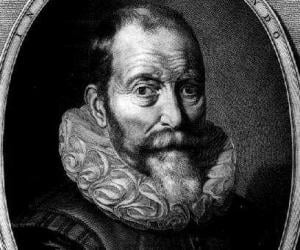
Willem Janszoon was a Dutch colonial governor and navigator who served in the Dutch East Indies in the early 1600s. He is best remembered for captaining the first recorded European landing on Australia in 1606.
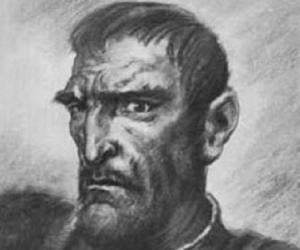
Lope de Aguirre was a Spanish conquistador who lived and worked in South America. Dubbed the Madman, Aguirre is best remembered for his final expedition in search of Omagua and a mythical golden Kingdom known as El Dorado. Lope de Aguirre was killed during his last expedition down the Amazon River. Over the years, he has been antagonized in arts.
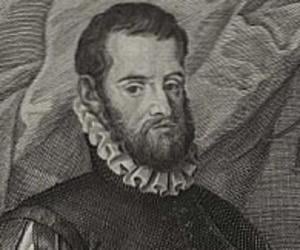
Remembered as the founder of St. Augustine in Florida, USA, Spanish admiral and explorer Pedro Menéndez de Avilés has also been credited with planning the first regular trans-Atlantic convoys. Ruthlessly loyal to the Spanish king, he massacred the entire population of a nearby French post and established a string of forts along the Atlantic coast to protect Spanish interests.
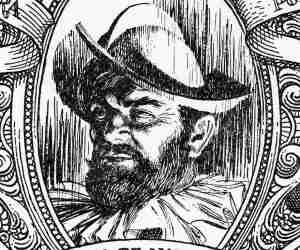
Panfilo de Narváez was a Spanish soldier and conquistador in the Americas. He is best remembered for his role in the conquest of Cuba where he led an expedition to Camagüey while escorting the famed historian and social reformer Bartolomé de las Casas. Panfilo de Narváez is also remembered for leading two failed expeditions in the 1520s.
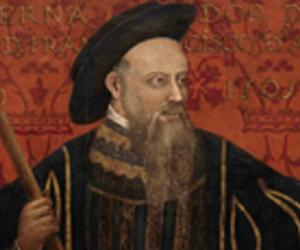
Francisco de Almeida was a Portuguese nobleman, explorer, and soldier. He served as a counsellor to John II of Portugal and played an important role during the conquest of Granada and in the battles against the Moors. Francisco de Almeida also served as the first viceroy and governor of Portuguese India in the early 1500s.

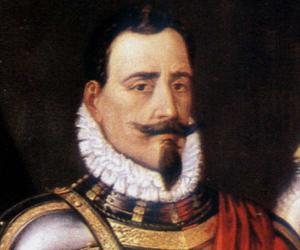
Spanish conquistador Pedro de Valdivia served the Spanish army under Charles I. He led an expedition into Chile where he founded the cities of Santiago, Concepción and Valdivia, the latter was named after him. He extended Spanish rule south to the Biobío River and served as 1st Royal Governor of Chile. He also held-office as 2nd Adelantado of Terra Australis.
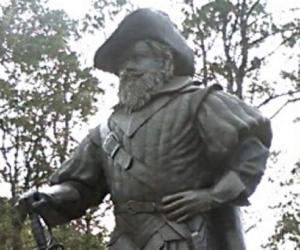
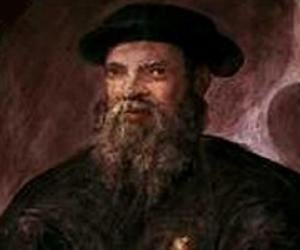
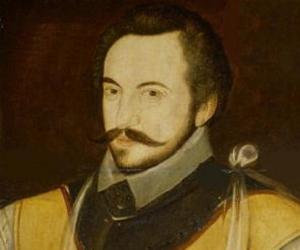
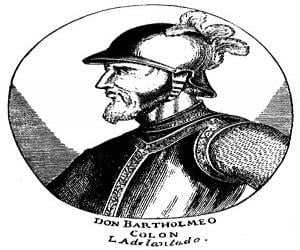
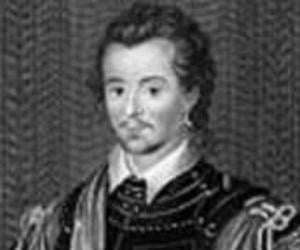
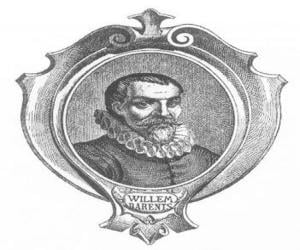
Willem Barentsz was a Dutch cartographer, navigator, and Arctic explorer. Barentsz was part of three expeditions in search of a Northeast passage to the far north. Although the first two expeditions were unsuccessful, Willem Barentsz and his crew discovered Bear Island and Spitsbergen during their third expedition. Many places, including the Barents Sea, have been named in his honor.
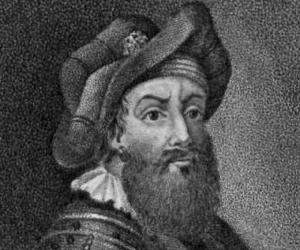
Russian folk hero Yermak Timofeyevich was a Cossack leader was in charge of the Russian annexation of western Siberia during Tsar Ivan the Terrible’s reign. While fighting Kuchum's Tatars, he eventually died in the Irtysh river, crushed under the weight of the armor sent to him by the Tsar.
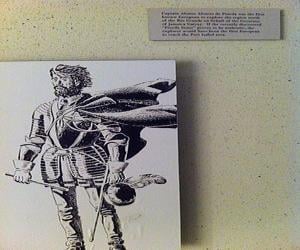
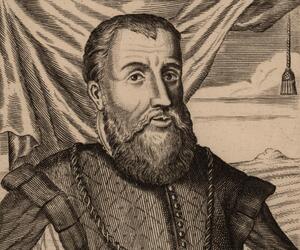
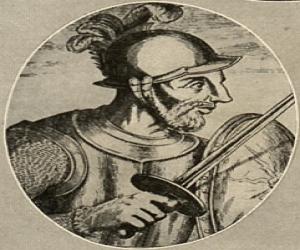
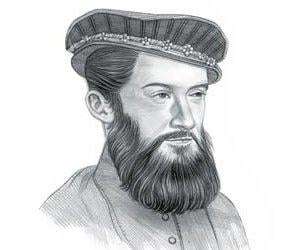
Jean Ribault was a French navigator and naval officer. He is best remembered for colonizing what would eventually become the American Southeast. Jean Ribault also played an important role in the attempts of the French to colonize Florida.
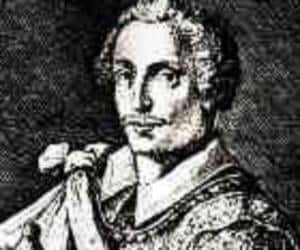
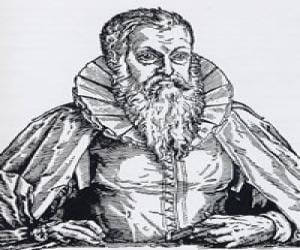
Hans Staden was a German explorer and soldier. He is best remembered for his voyage to South America during the 16th century. During his voyage, Staden was held captive by the Tupinambá people. After his escape and return to Europe, Hans Staden documented his journey and claimed that the Tupinambá people of Brazil practiced cannibalism.
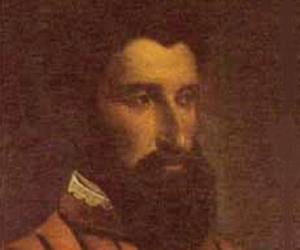
Legend has it that Gonzalo Jiménez de Quesada had inspired the character Don Quixote penned by Cervantes. Initially a lawyer, Quesada later gained fame as a Spanish conquistador and explored parts Colombia, then known as New Granada. He also made unsuccessful voyages in search of El Dorado.
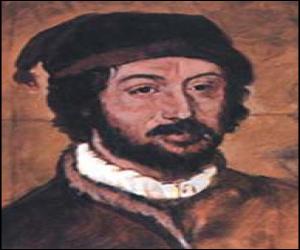
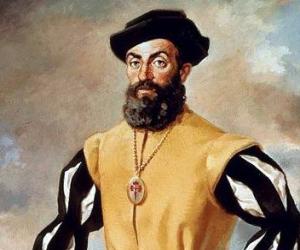
Duarte Barbosa was a Portuguese writer best remembered for his work The Book of Duarte Barbosa, which is one of the oldest paradigms of Portuguese travel literature. Barbosa was part of the first voyage to circumnavigate the world in 1519. Barbosa is also remembered for his work as a scrivener in Kochi, India, where he was an interpreter of Malayalam.
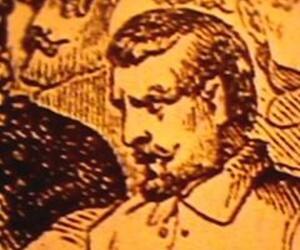
Gonzalo Pizarro was a Spanish conquistador best remembered as the paternal half-brother of another popular conquistador Francisco Pizarro, who conquered the Inca Empire. Gonzalo Pizarro and his brothers, who were collectively known as the Pizarro brothers, were also involved in the search of a mythical golden Kingdom known as El Dorado.
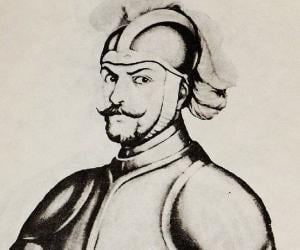
Sebastián de Belalcázar was a Spanish conquistador best remembered for founding some of the most prominent early colonial cities in South America. He is credited with founding important cities like Quito, Cali, Popayán, and Pasto. Sebastián de Belalcázar is also remembered for leading expeditions in present-day Colombia and Ecuador.
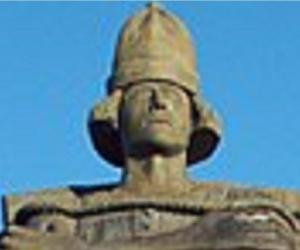
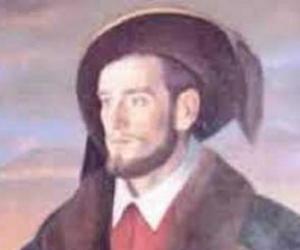
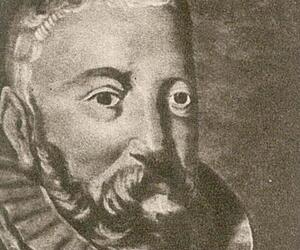
Cornelis de Houtman was a Dutch merchant seaman best remembered for commanding the maiden Dutch expedition to the East Indies. Although it produced a modest profit, this voyage was important as it proved the vulnerability of the Portuguese monopoly on the spice trade. This voyage helped the Dutch to replace the Portuguese and establish a Dutch monopoly on spice trading.
